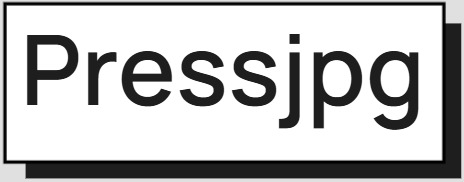Lossless vs. Lossy Image Compression: What’s the Difference?
Published by ImageCompressor | Updated 2025
Introduction
When it comes to compressing images, two core strategies dominate: lossless and lossy compression. Understanding the difference is essential for designers, developers, marketers, and anyone optimizing media for the web.
What Is Lossless Image Compression?
Lossless compression reduces file size without removing any image data. The image remains identical to the original, pixel for pixel. This method is preferred when accuracy is critical, such as with icons, logos, UI elements, or documents with text.
How It Works:
- Compresses redundant data patterns
- Uses algorithms like Run-Length Encoding, Deflate, and LZ77
- Allows perfect restoration of the original image
Common Formats:
- PNG
- GIF
- BMP (with compression)
- TIFF (some variants)
What Is Lossy Image Compression?
Lossy compression reduces file size by discarding "non-essential" data. This technique sacrifices some quality for much smaller file sizes. It's ideal for photos, backgrounds, and content where a slight loss in detail is acceptable.
How It Works:
- Uses Discrete Cosine Transform (DCT) and quantization
- Eliminates subtle color changes and textures
- Often invisible to the naked eye at normal viewing size
Common Formats:
- JPEG
- WebP (in lossy mode)
- AVIF
- HEIC (used in iOS)
Visual Comparison
Example:
- Original: 1.8 MB PNG (lossless)
- JPEG (80%): 400 KB (visually identical)
- WebP (80%): 260 KB (better quality retention)
When to Use Each Type
| Use Case | Recommended | Why |
|---|---|---|
| Logos / Icons | Lossless | Preserve exact shape and transparency |
| Photography | Lossy | Smaller size, minimal quality loss |
| Screenshots / UI | Lossless | Retain detail in text and lines |
| Hero Images / Banners | Lossy | Reduce page load time |
Best Practices
- Use lossless when quality and accuracy are key
- Use lossy for large images and web optimization
- Don’t over-compress — always preview before publishing
Conclusion
Lossless and lossy compression both have their place. Choosing the right method depends on your image’s purpose and your tolerance for quality loss. For best results, use modern tools that let you preview before you compress, and always test on real devices.
